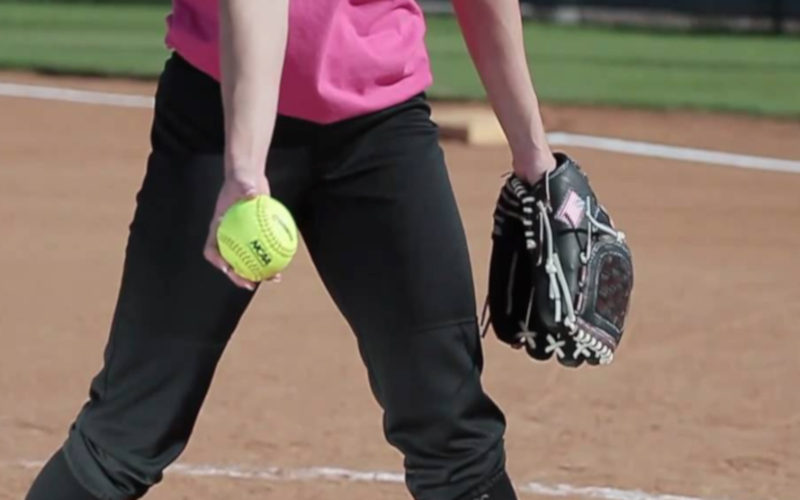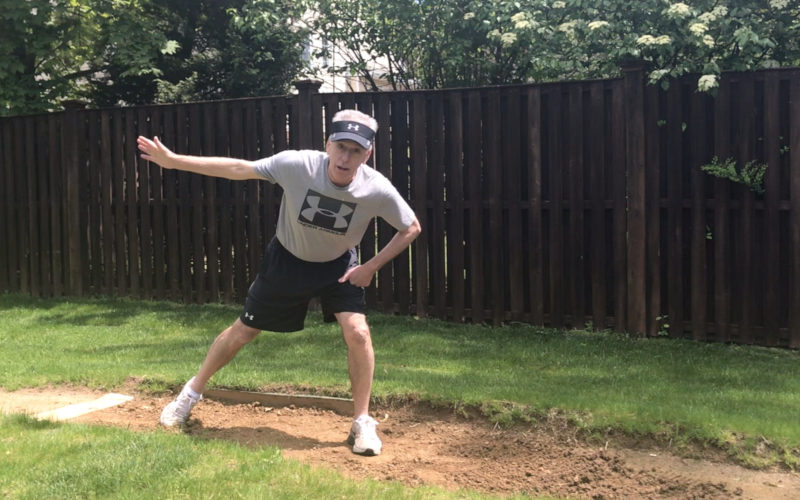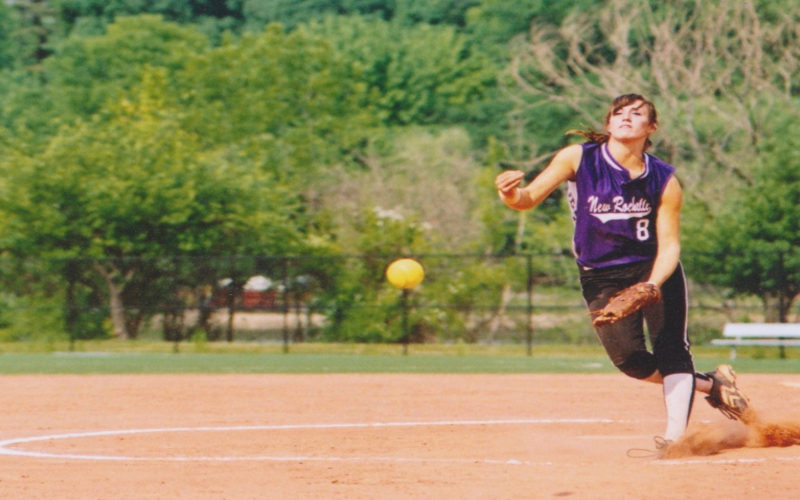Pitching Problems Part 2: The Smaller Issues
Last week, I wrote a post that everyone really seemed to like. It was part 1 of a 2 part series on problems in pitching mechanics. Last week we talked about the really big, noticeable issues that can happen during a pitch. This week we are going to talk about the smaller, less noticeable mechanical…
Read More


